There were literally dozens of work camps established along the length of the TBR; one list has 65 separate places named. In order to complete the project as quickly as possible, camps were placed every few kilometers and the workers assigned completed the railway in their sector. So work was going on more or less simultaneously all along the length of the rail line.
All the camps were generally the same in their basic construction. Some were quite small housing a few hundred for a few weeks to months before they were moved to a new section of the railway. Others were larger and semi-permanent.
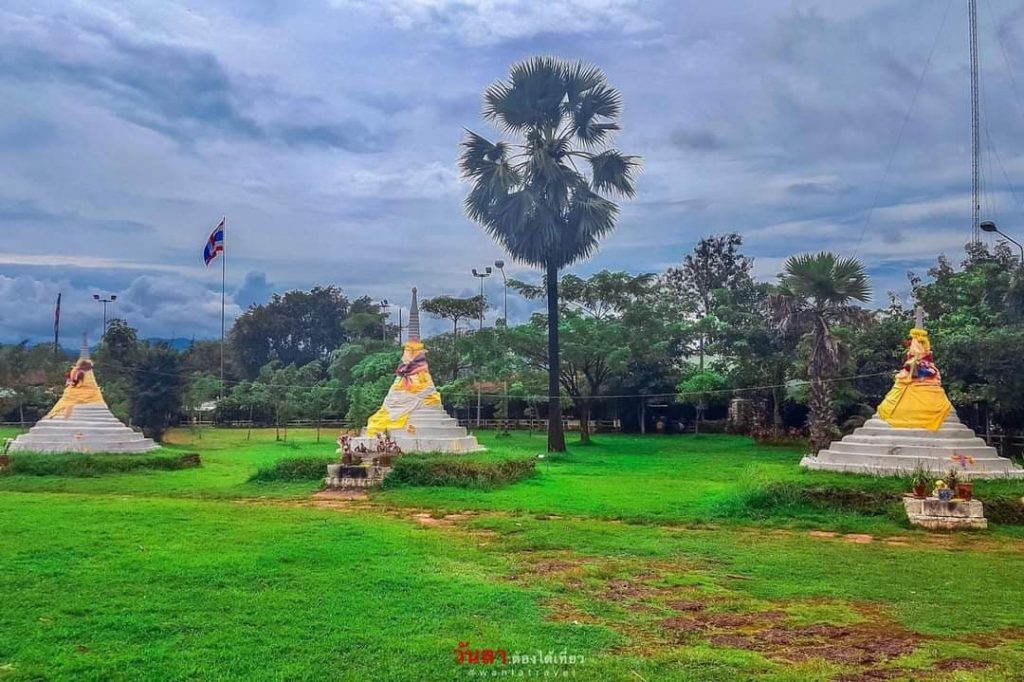
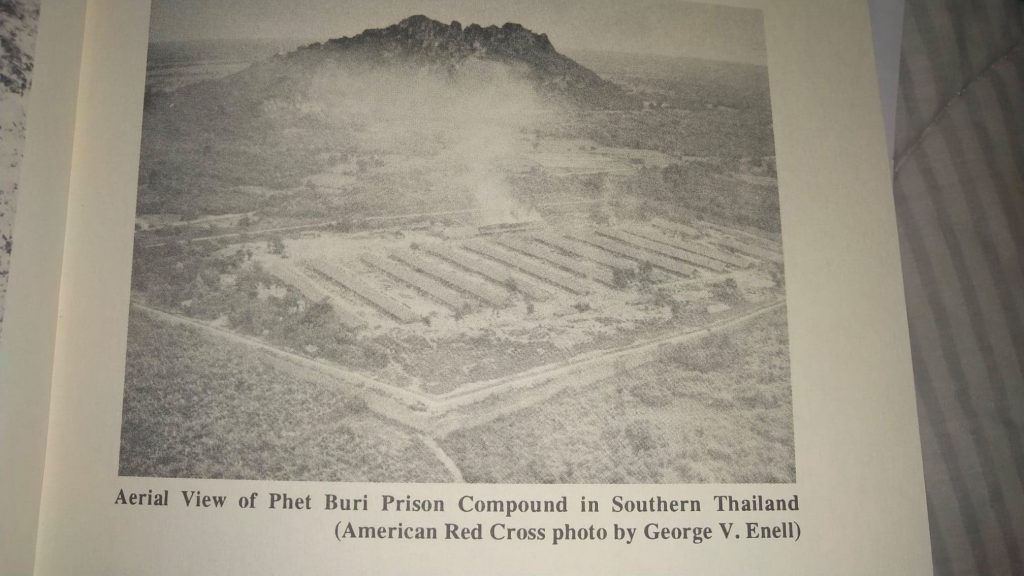
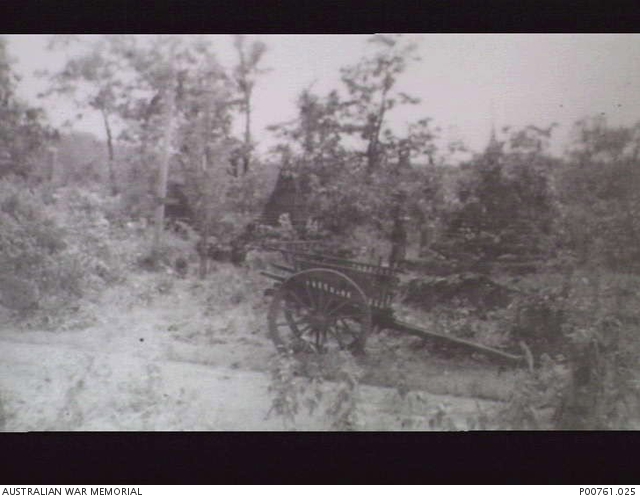
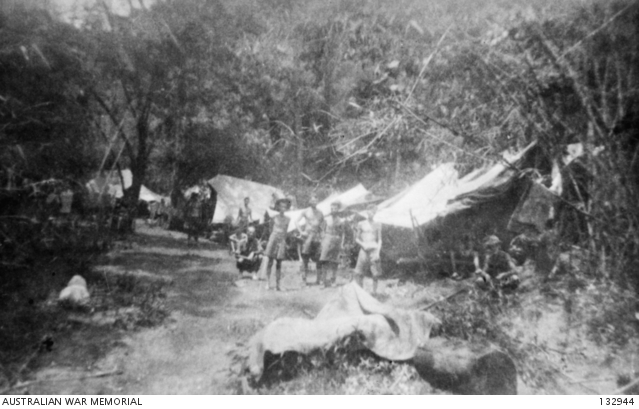
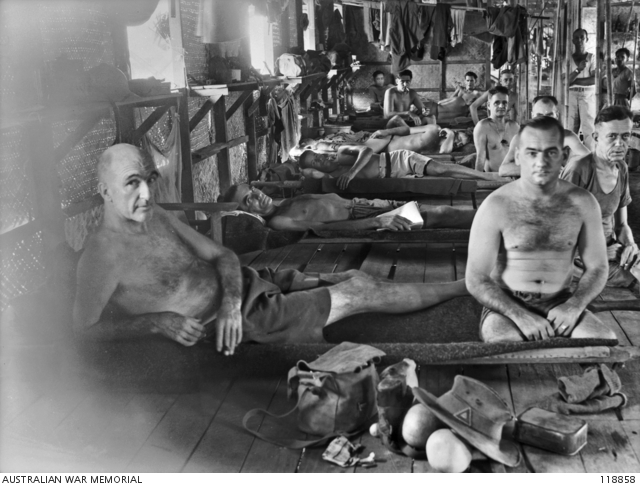
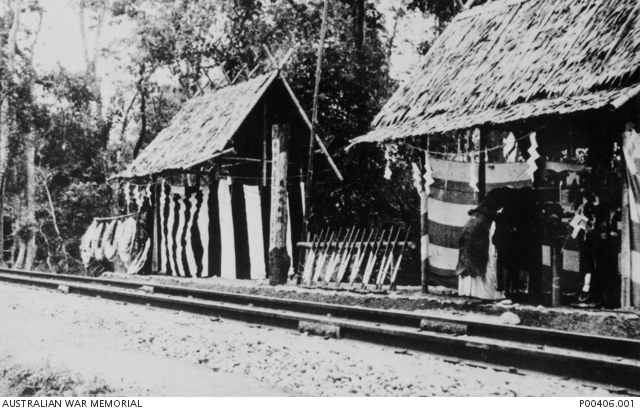
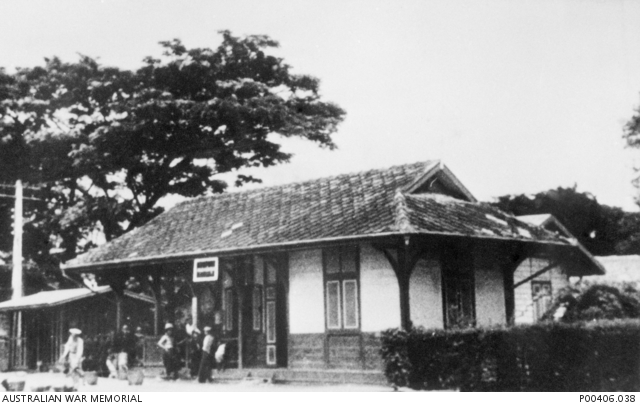
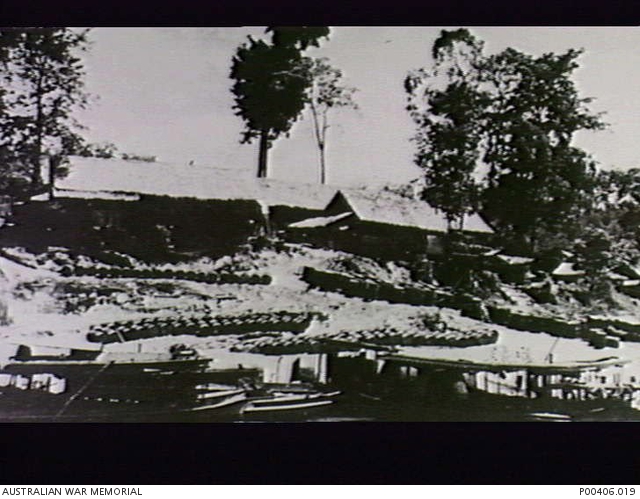
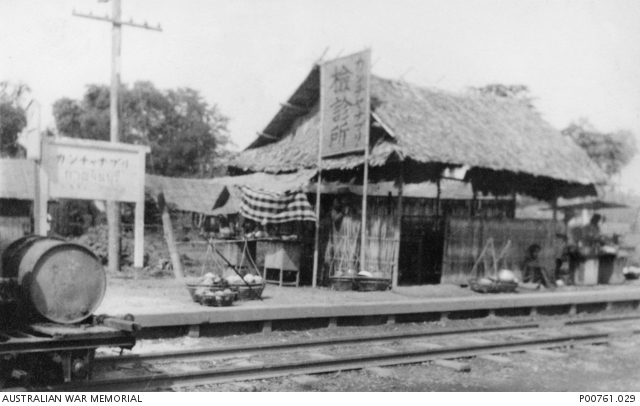
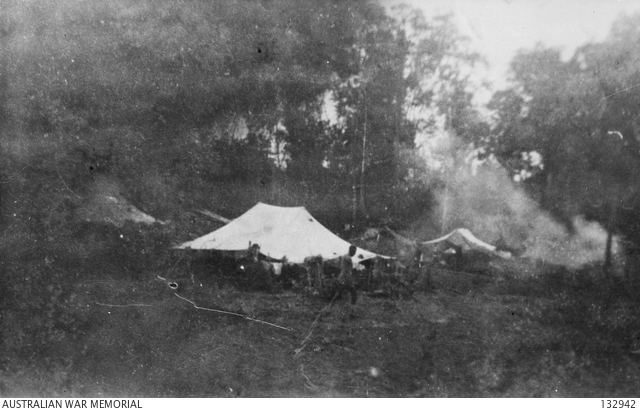
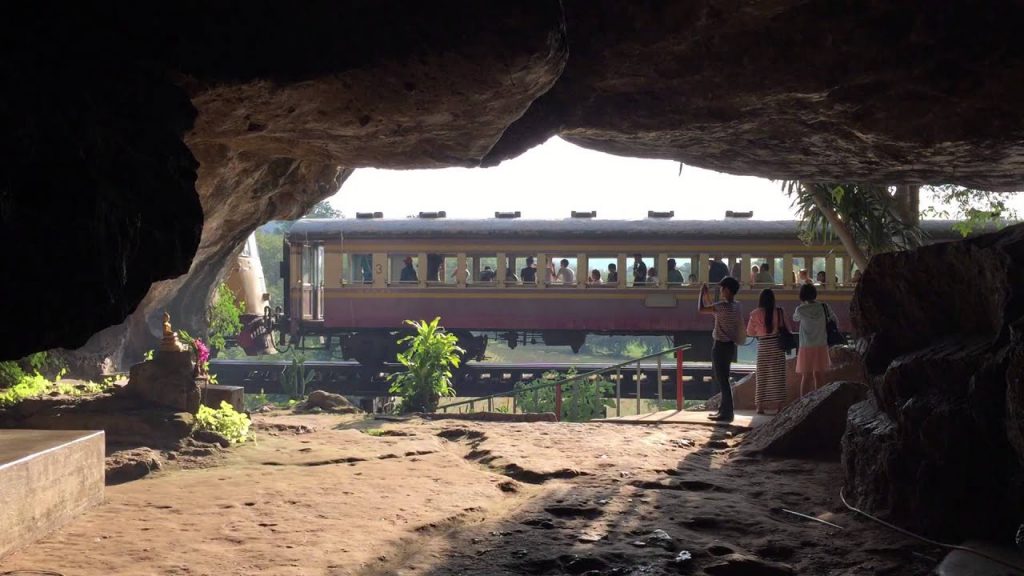
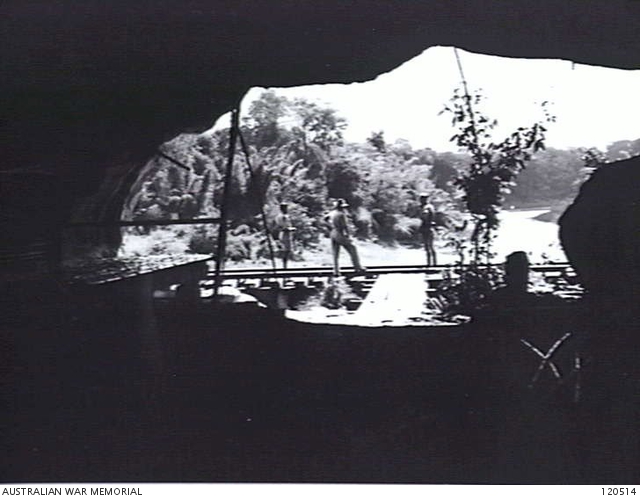
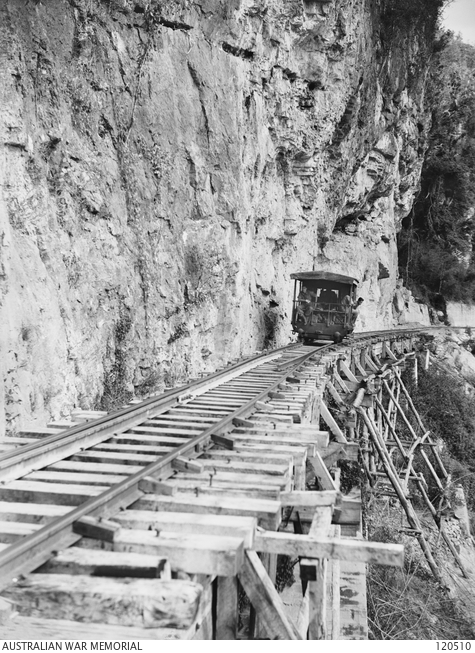
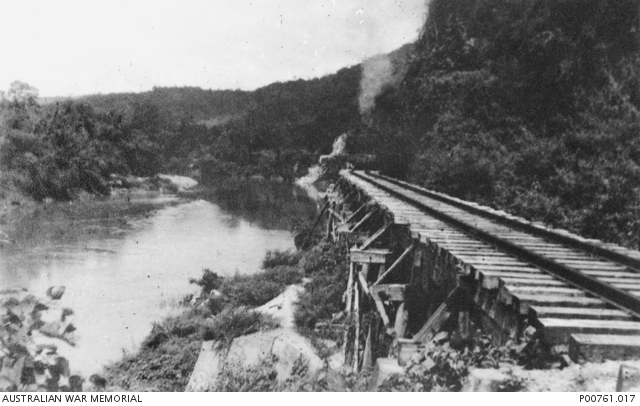
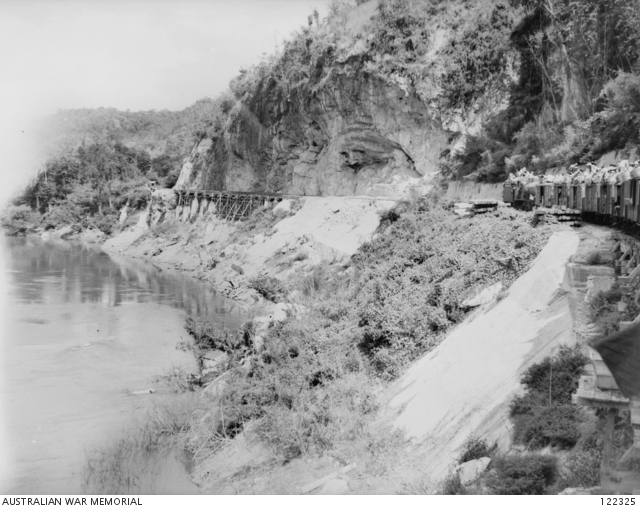
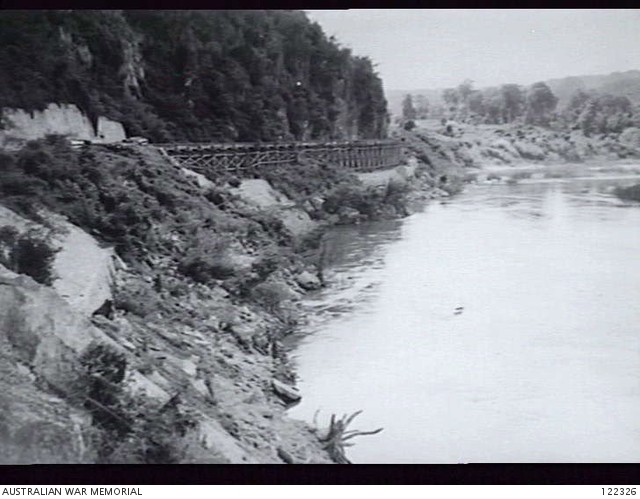
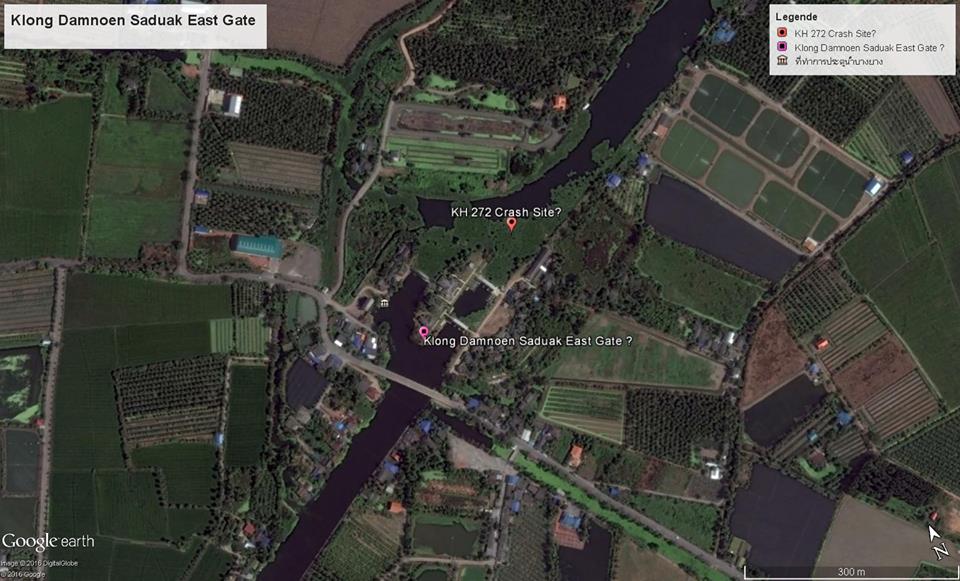
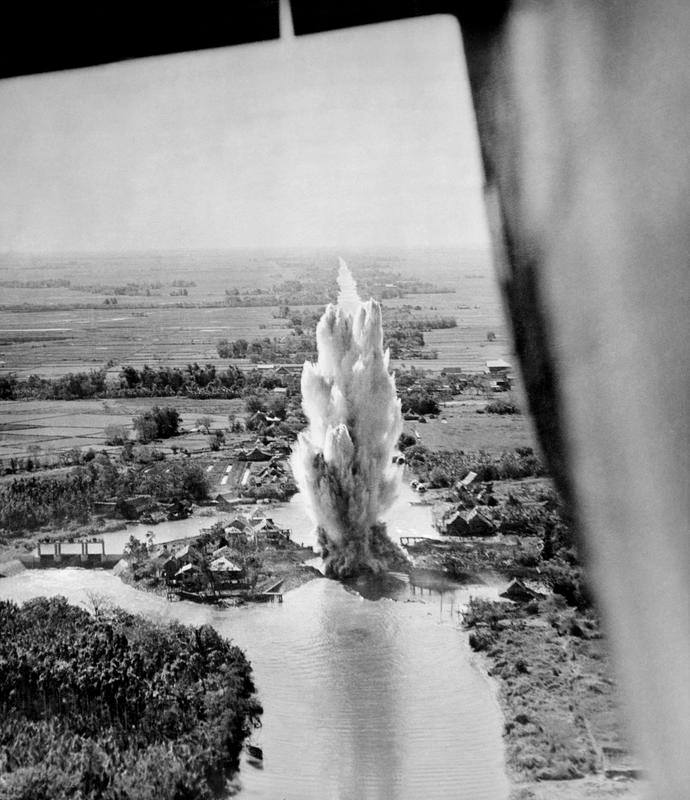
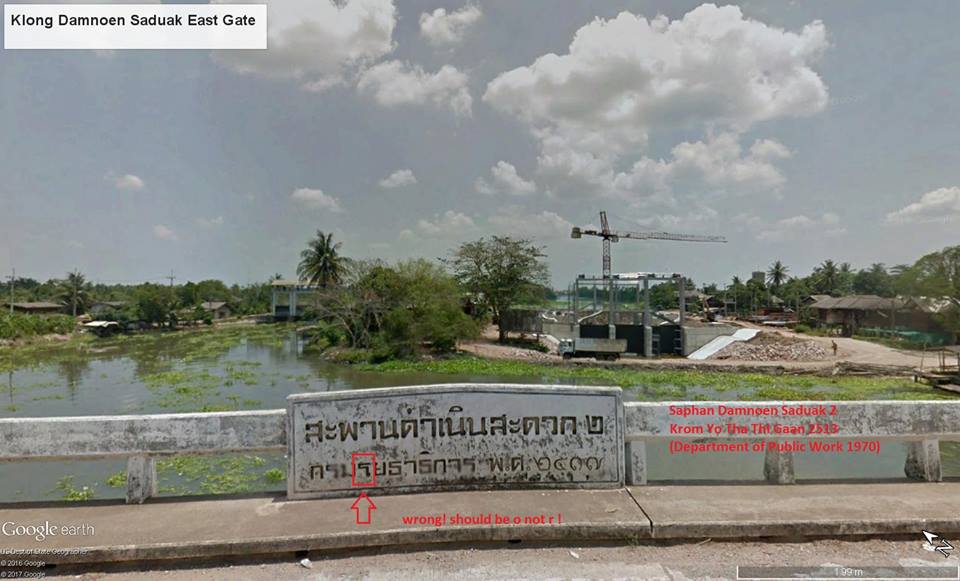

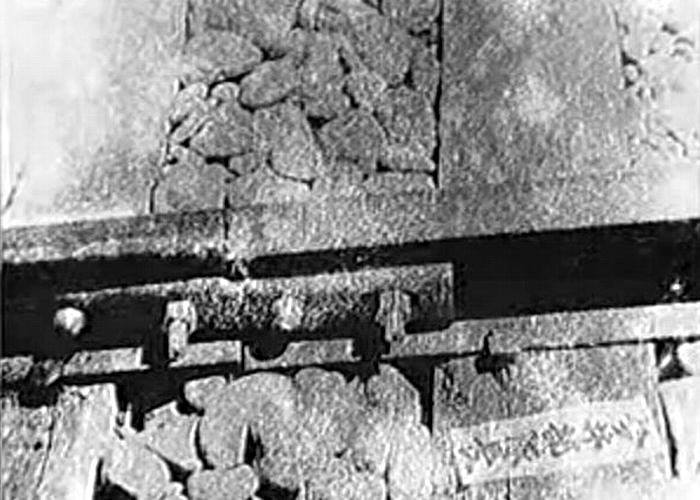
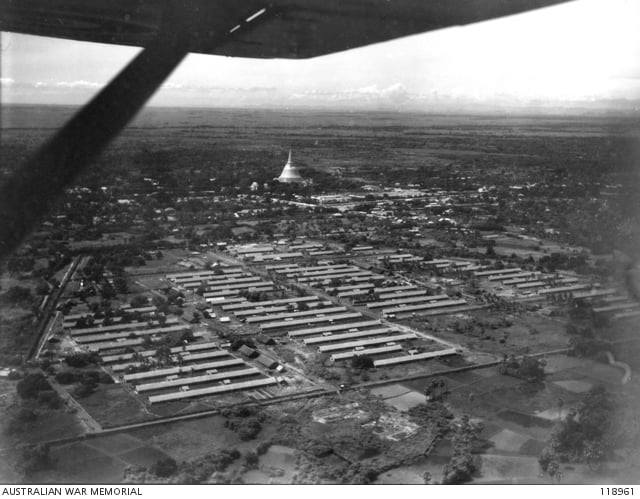
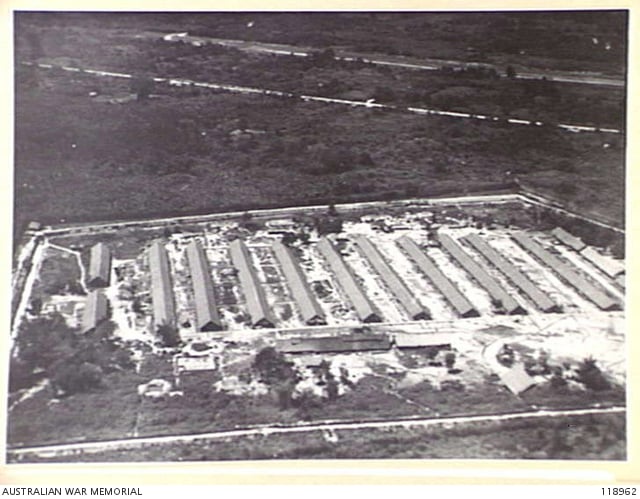
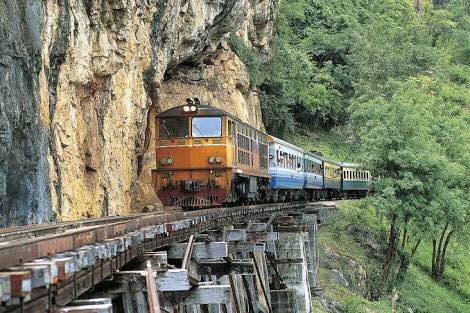
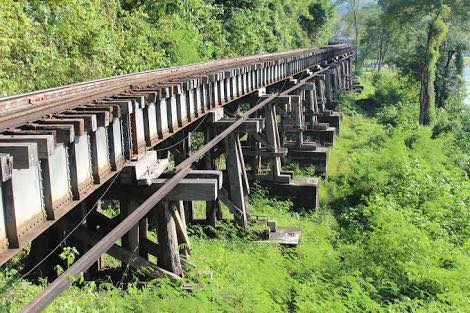
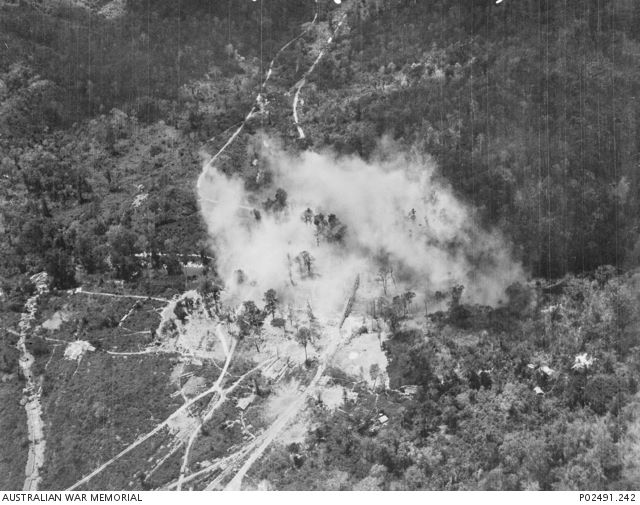

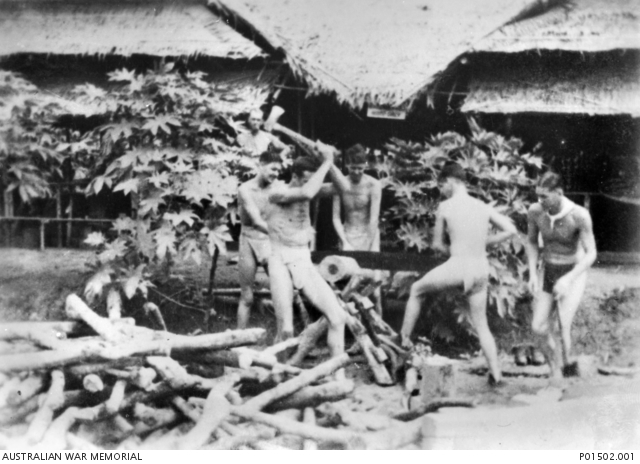
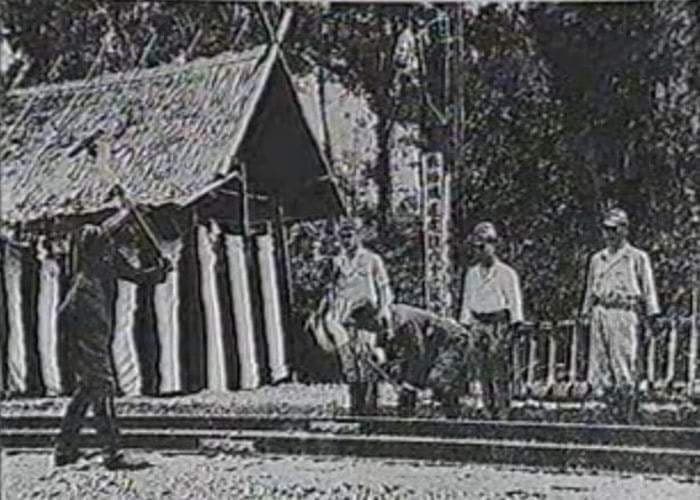
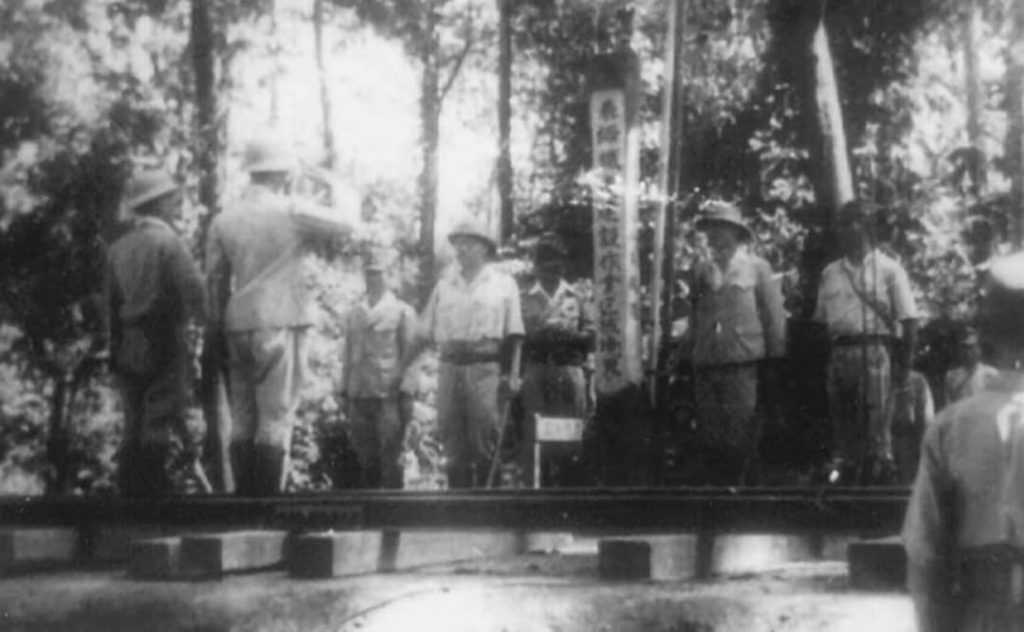
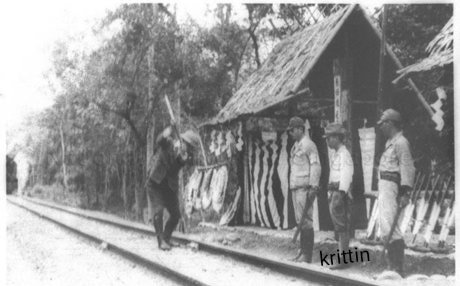
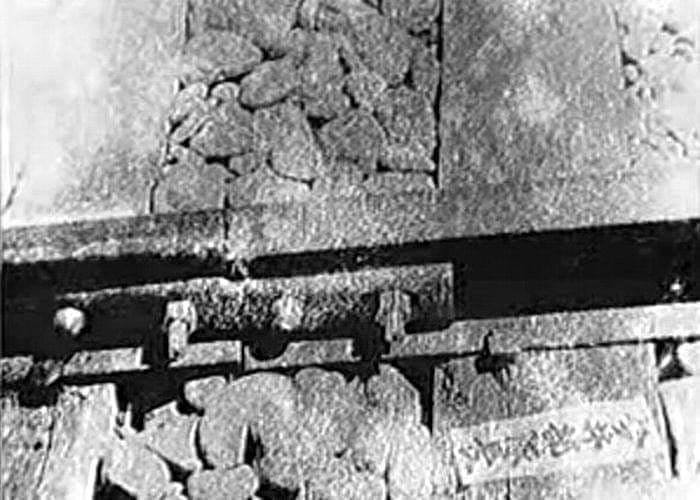
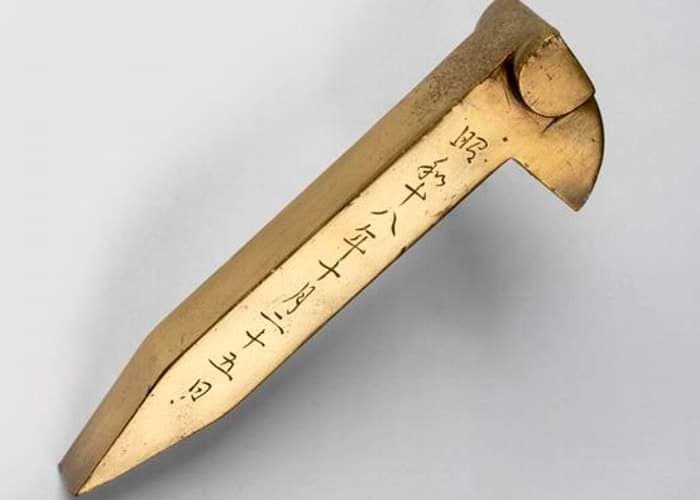
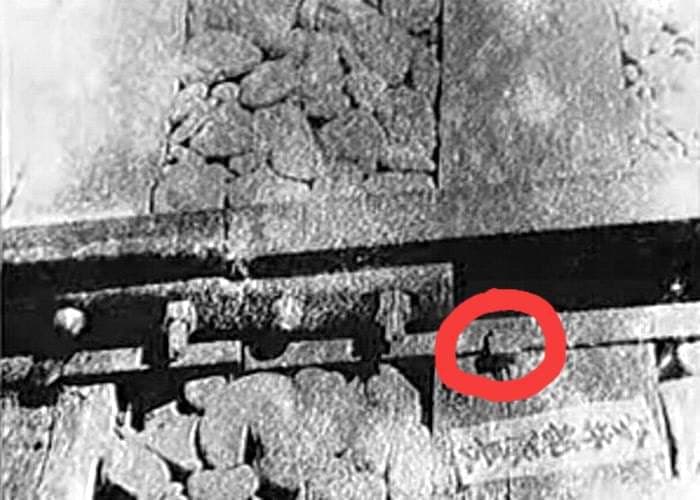
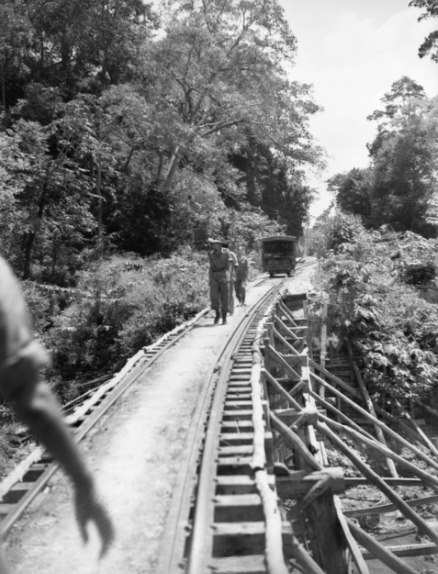
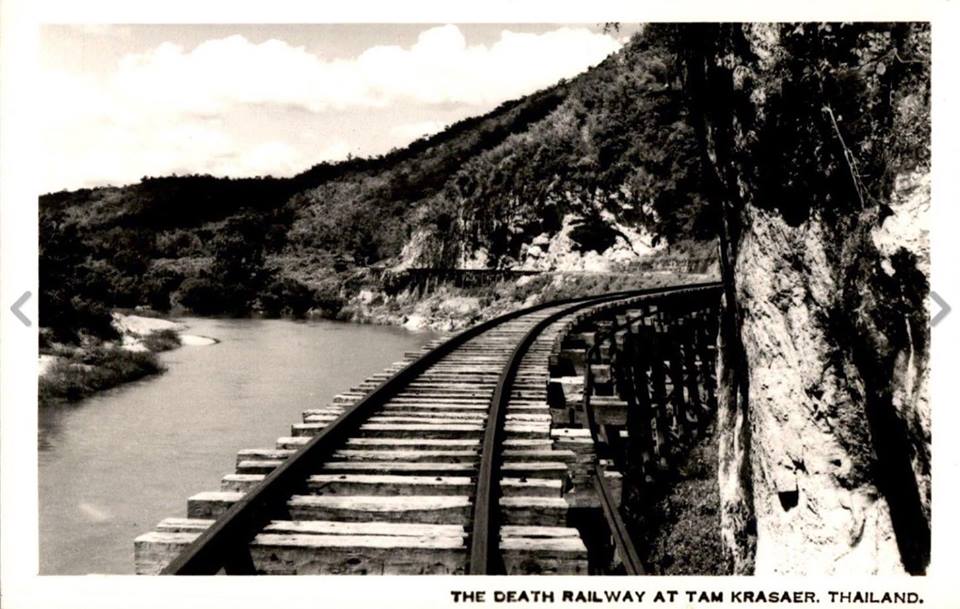
The Petchburi POW camp has a unique place in this saga. Two USS Houston (CA-30) Survivors: James W. “Red” Huffman, Coxswain, USN and Lanson H. Harris, Aviation Machinist Mate 1st Class, USN escaped capture at that POW camp. In his excellent book Ship of Ghosts—the Story of USS Houston, FDR’s Legendary Lost Cruiser, and the Epic Saga of Her Survivors, author James D. Hornfischer details the entire July 1945 escape episode starting from page 374 (hardback version).
Also the story of the 4 US POWs who found themselves at the Ubon camp is detailed in Ray Withnall’s book. Their fortuitous arrival in Bangkok and flight to Calcutta is one of the more unique side-stories.
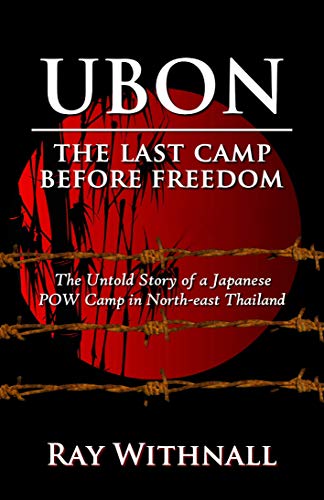
Gallery of Camps in the Highlands of Thailand = Hintok and beyond
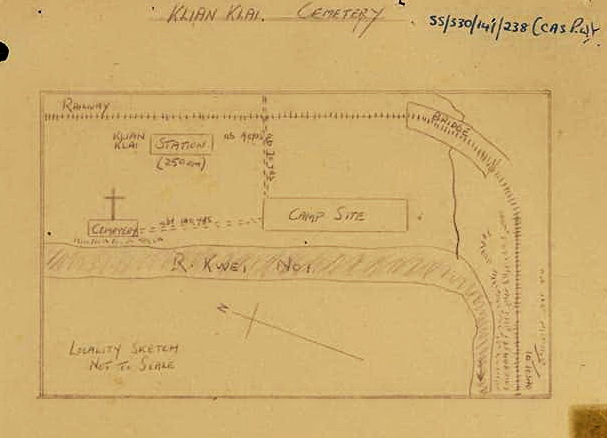
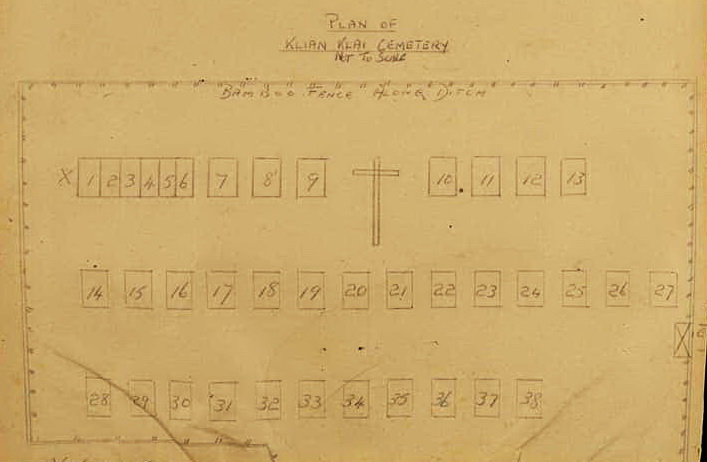
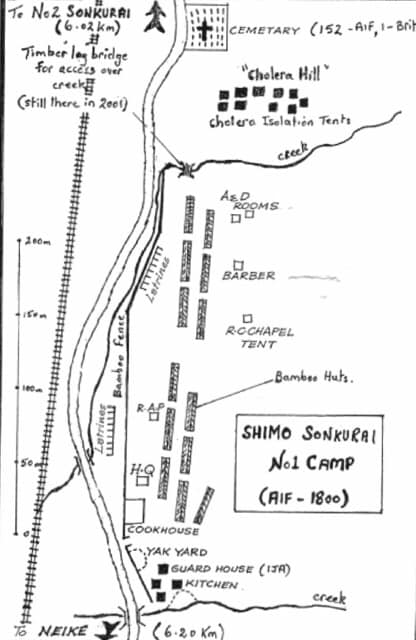



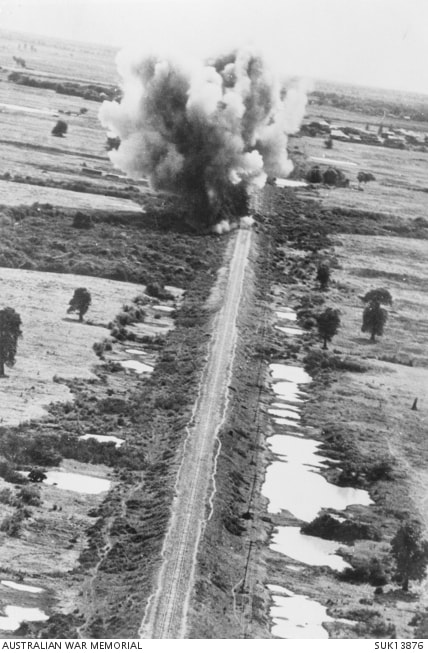
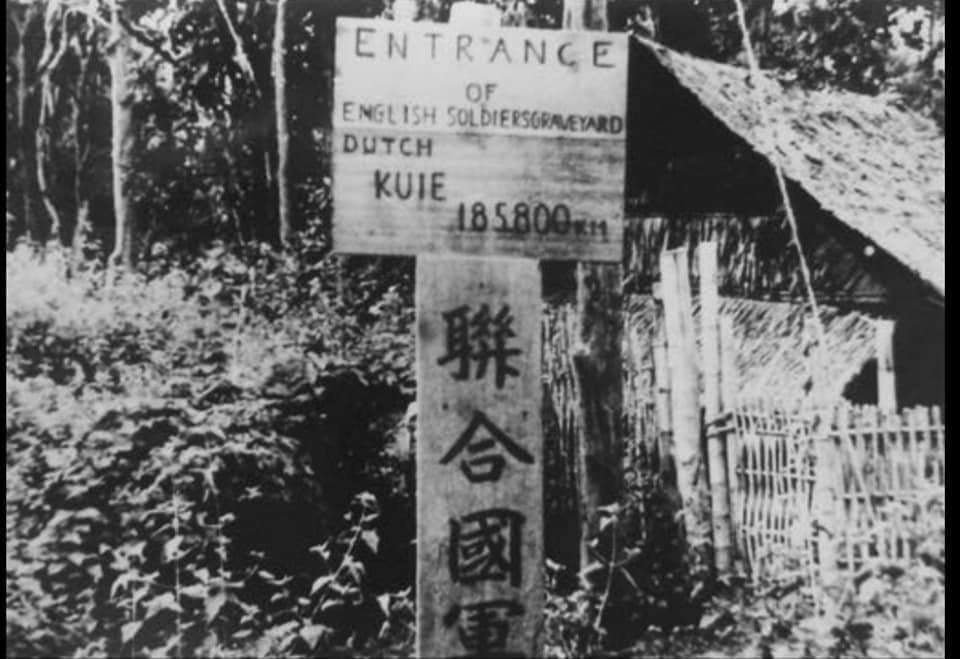
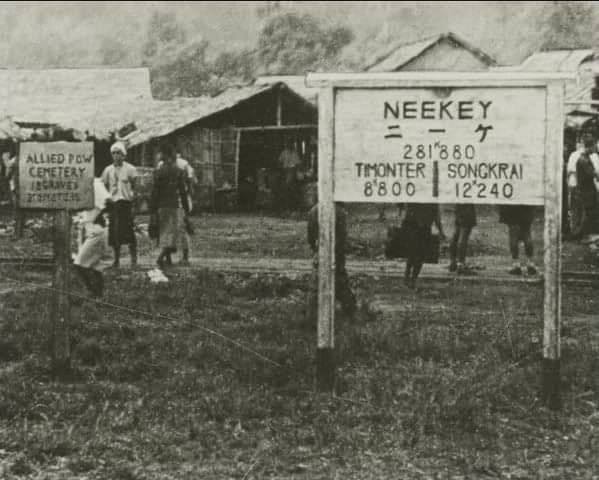
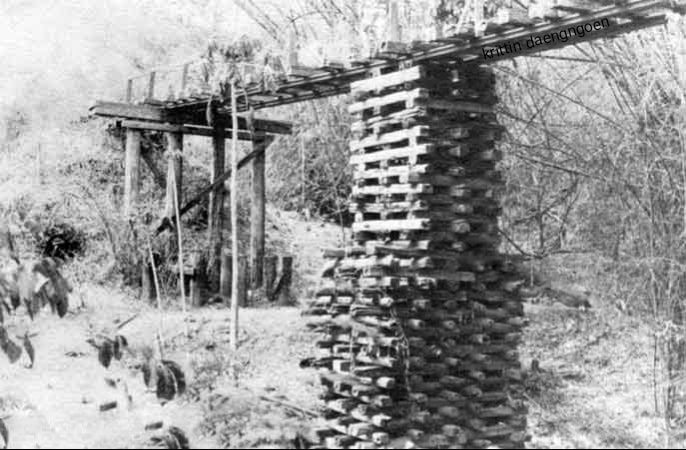
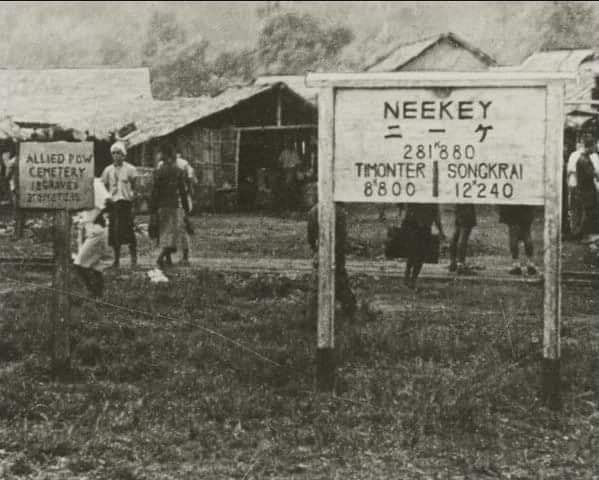
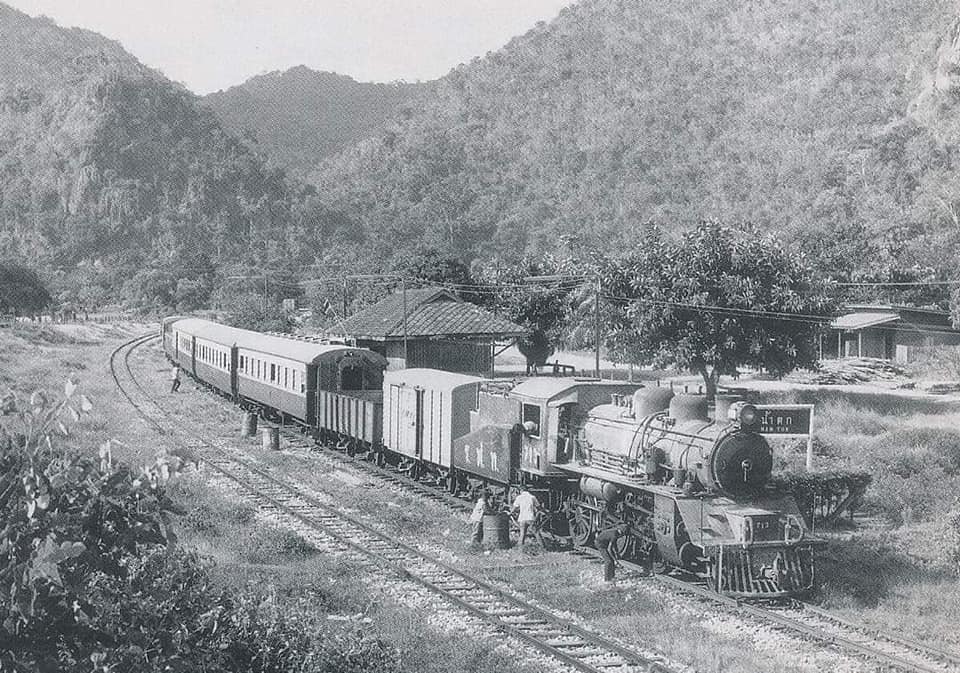
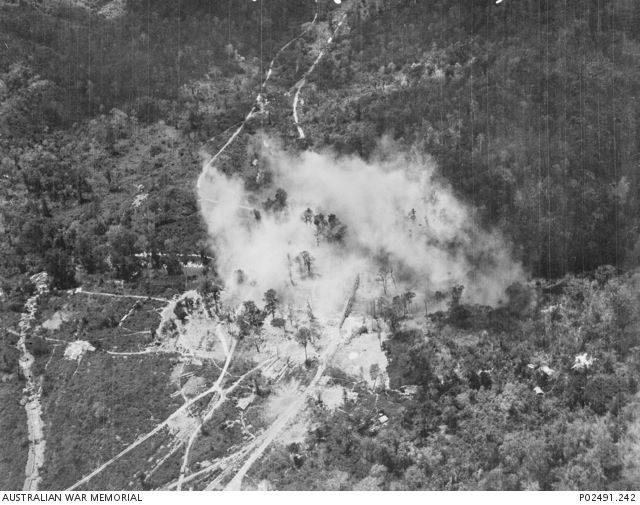
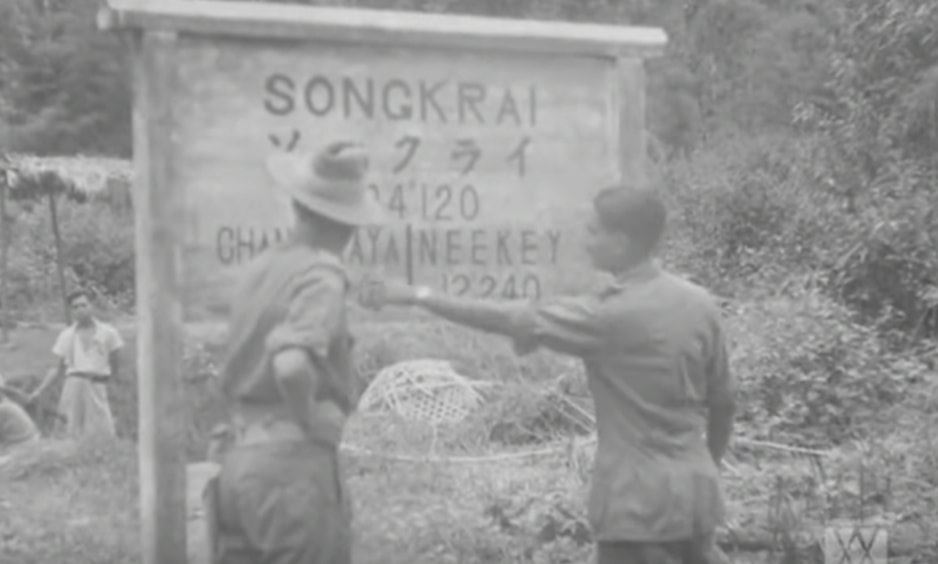
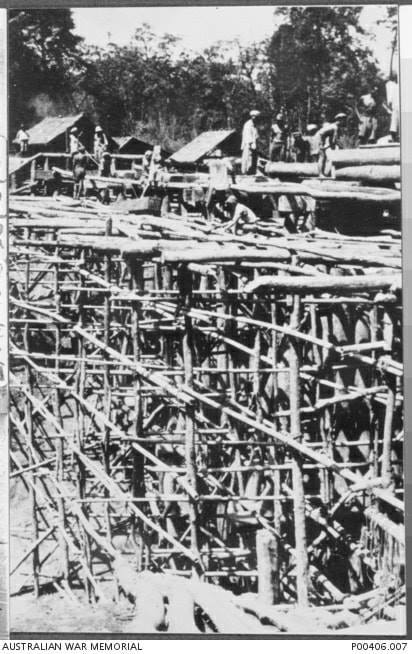
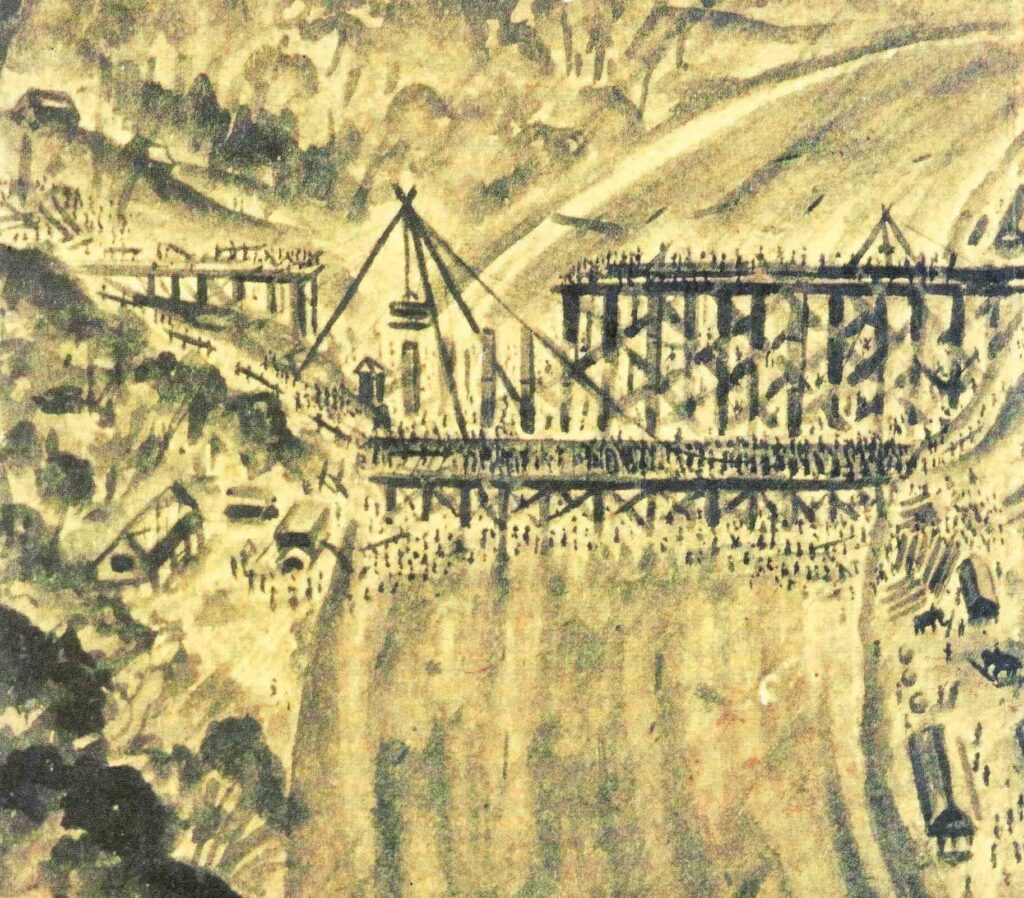
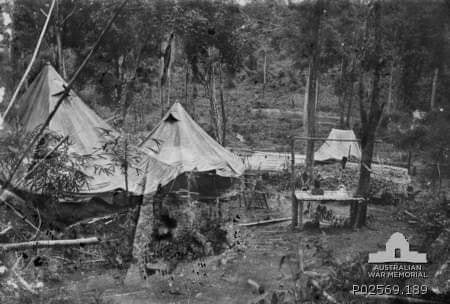
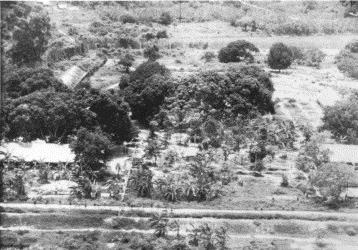
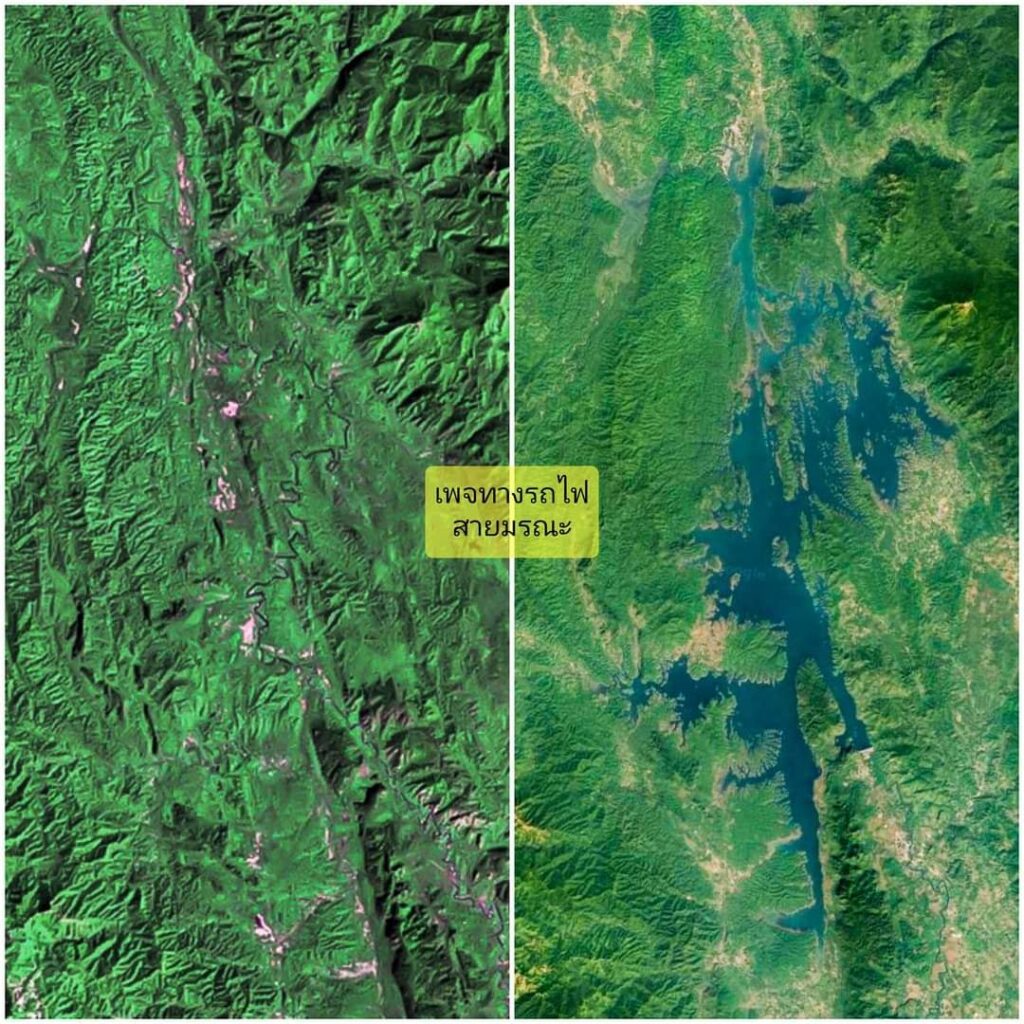
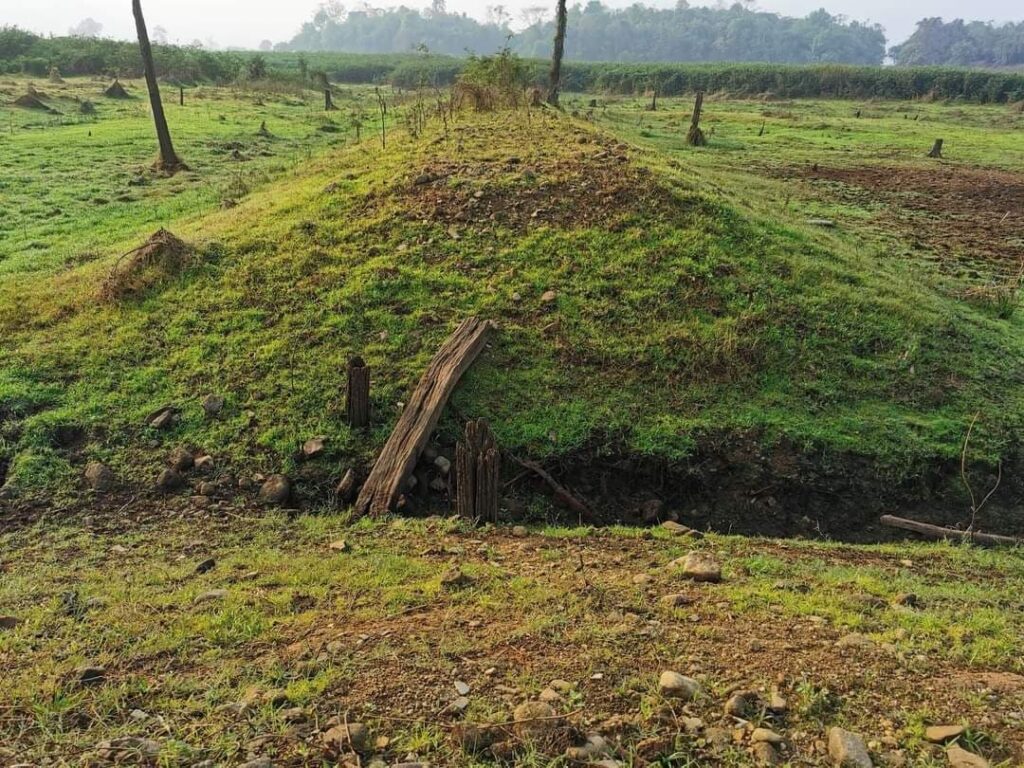

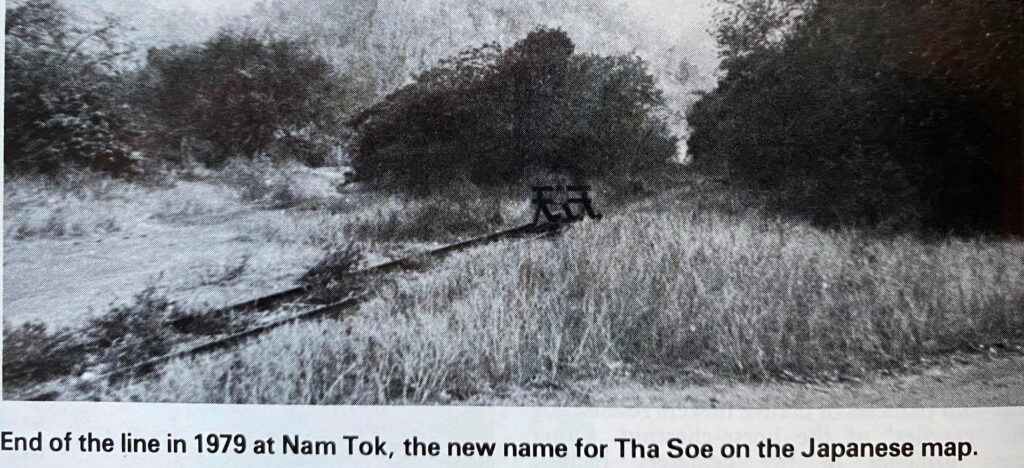
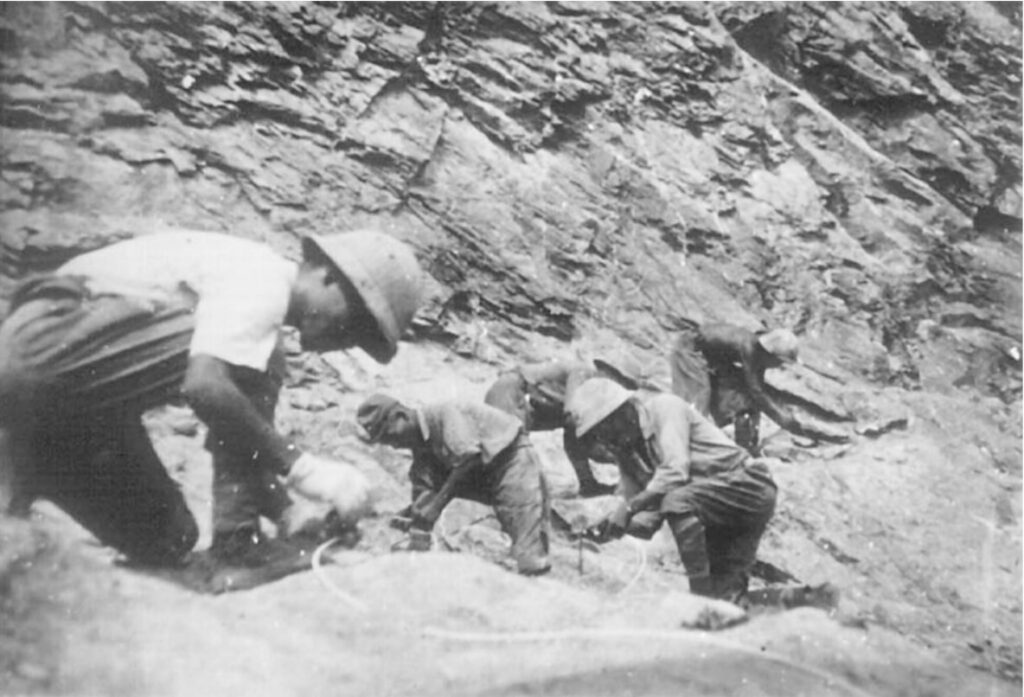
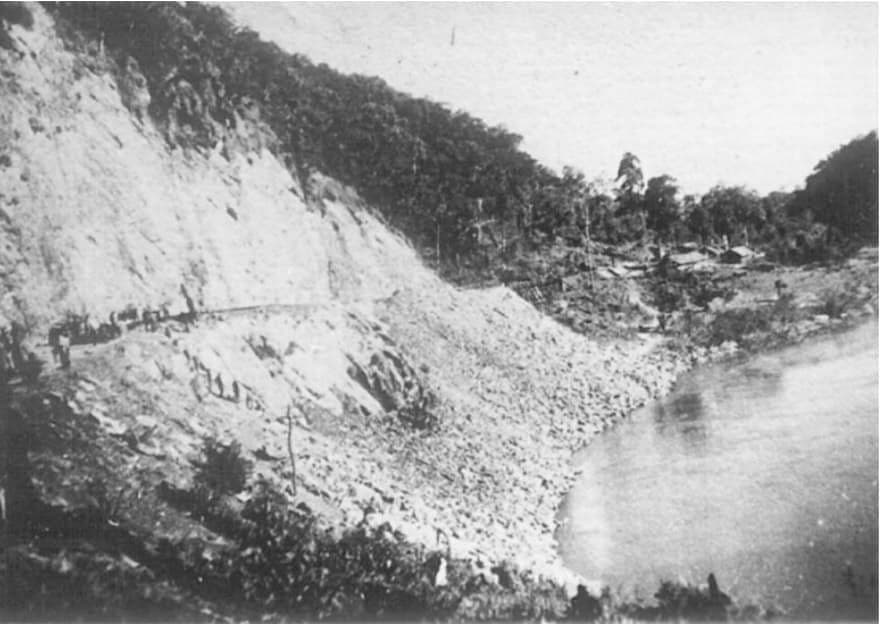
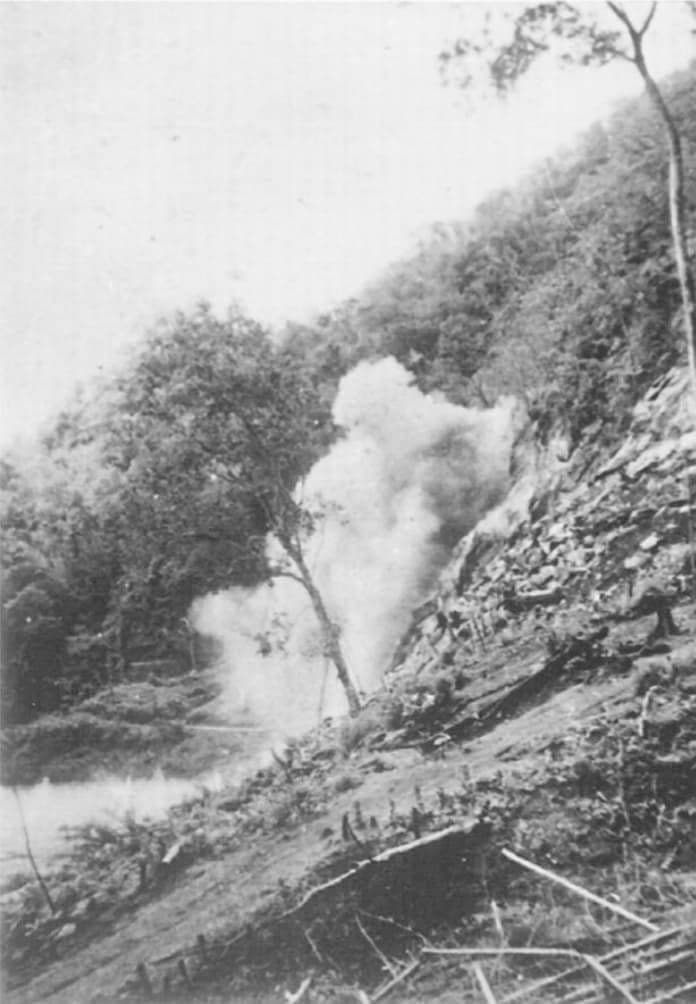
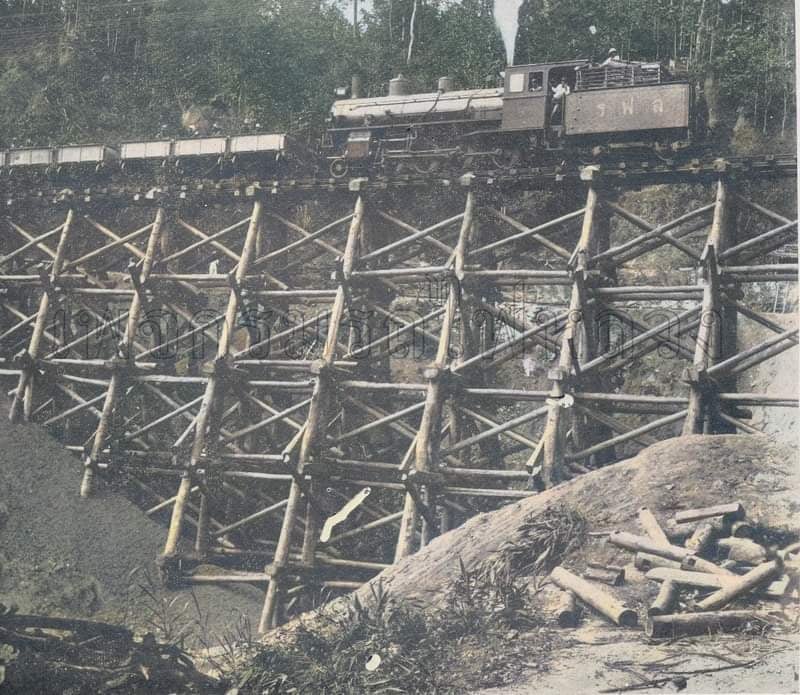
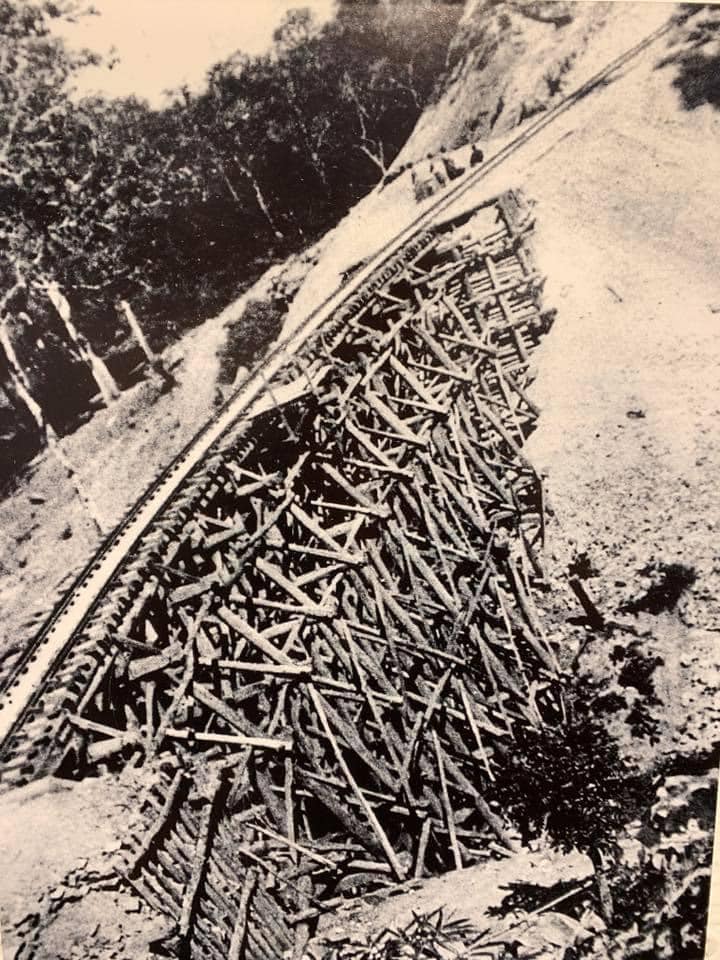
Why Nakorn Pathom?
We have many references to the hospital that was opened for the Allied POWs in Nakorn Pathom in April 44. We are told that it had a peak patient population of about 8000 with an average of 5000. It was the first true hospital. What were referred to a ‘hospitals’ in the jungle camps were little more than death camps where the sickest were sent to die. In its later iteration, Chung Kai was as close to a hospital as could be found along the TBR, but even there little in the way of treatment was available.
The Nakorn Pathom facility was immensely better. It had drugs and instruments that allowed actual treatment and cure of the many maladies that persisted after construction was completed. Quickly, the Allied medical officers were transferred there so that the soldiers had the benefit of many different surgical specialists. Yet, amputation for severe Tropical Ulcers was still one of the most common interventions. Many of those who survived the completion of the Railway had persistent medical issues that could finally be treated with proper drugs and interventions.
Yet we still must ask, WHY at Nakorn Pathom? We have an aerial recon photo that clearly shows the large camp NE of the large chedi in the city with the railway running between them. But this is roughly 90 Kms from the consolidation camps at Kanchanaburi City. That placed it nearly half the distance to Bangkok, but proximity to Bangkok seems to have had little meaning.
Viewed today (on GOOGLE EARTH), the center of the site is occupied by an open industrial estate of some sort. The Chinese cemetery (also shown on the period recon photo) is obviously still prominent. However, contrary to common Thai cultural beliefs the former hospital site is covered in standard commercial and residential development.
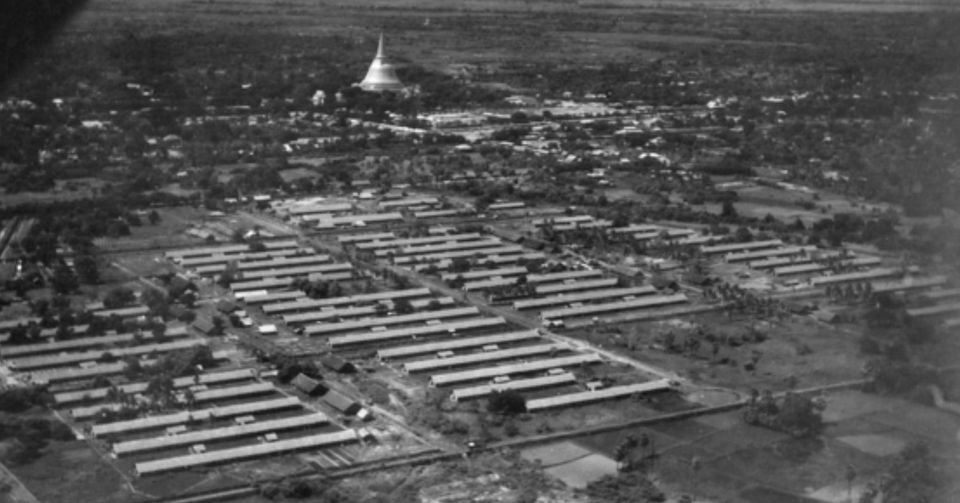
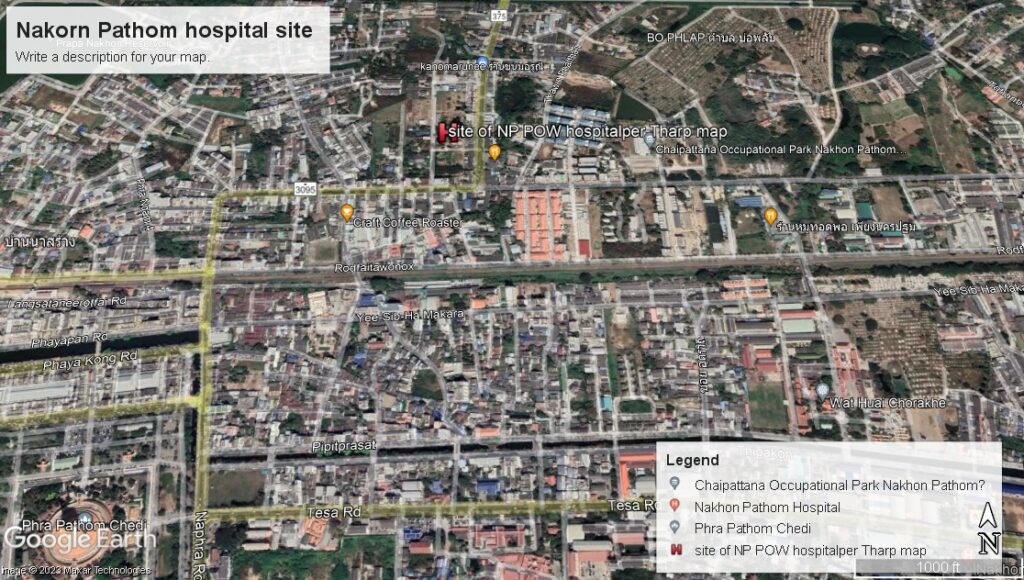
So why did the IJA select this site as a large hospital complex? Might there have been some pre-existing facility that was expanded in Mar-Apr 44? We could speculate that it was safer, but would that have been a consideration at that time? The heaviest bombing of the TBR did not begin until later in 1944. We must also ask how such a large facility was supported logistically. We know that there were a number of IJA encampments in the Ban Pong – NongPlaDuk area. These grew t o house as many as 80,000 IJA troops who had evacuated from Burma. Seemingly, that area would have been a likely location for a hospital. Why go 20 Kms farther east? There had to have been a solid reason for the selection of this site. We simply have no indication of what that was.
We also know that this site stayed open long after the POWs had been evacuated from Thailand. Three Dutch civilians died there in Apr-May 1946 and are buried at the ChungKai war graves cemetery[1]. Of course, it is possible that their deaths were not at this exact facility as opposed to another in the city, yet why would they then have been included in the war graves burials? Who would have been staffing this facility at that time? Who would the patients have been? By late 1945, all the POWs would have been evacuated to Allied medical facilities in other countries. Because of political upheaval in the DEI, the Dutch were the only remaining Allied military in the area and most of them were housed at the Tha Muang site some 80 Kms from Nakorn Pathom. The IJA were not known for acting without reason. There had to be strong support for establishing and maintaining such a large facility at this location.
One has to wonder if there are not long-forgotten documents in the Japanese military archives that would shed light on these questions should some enterprising researcher seek them out.
[1] One of these is the only female in that cemetery.
Another look:
http://www.axpow.org/medsearch/PAC-NAKHON.pdf
Jack Chalker was a celebrated artist who kept records, maps and sketches during his POW time:
